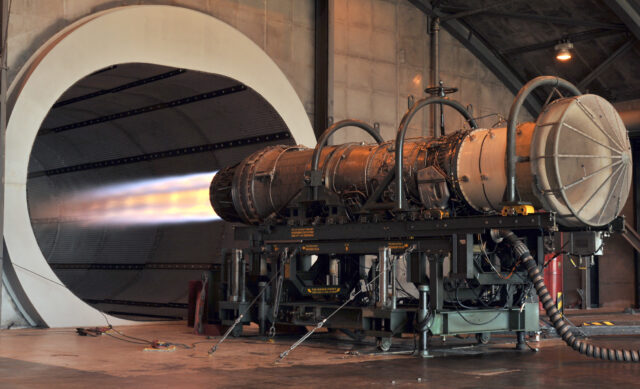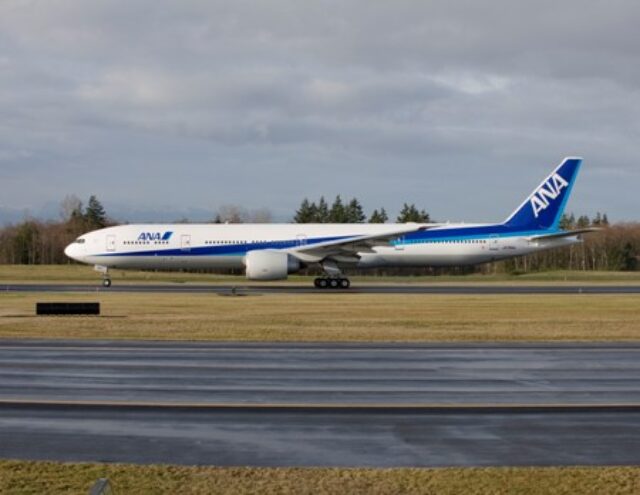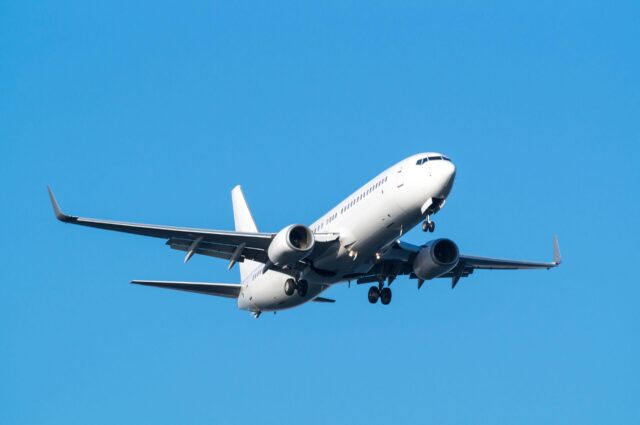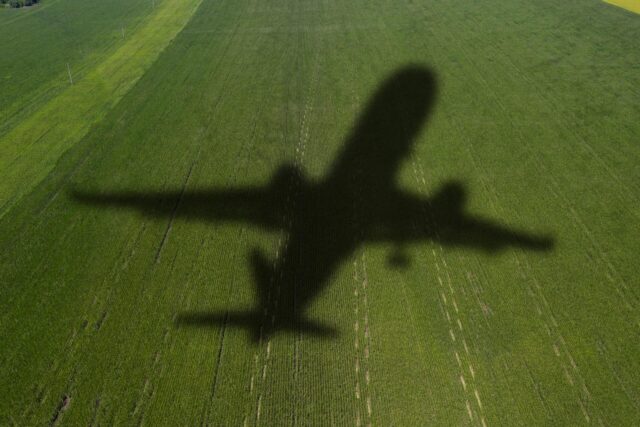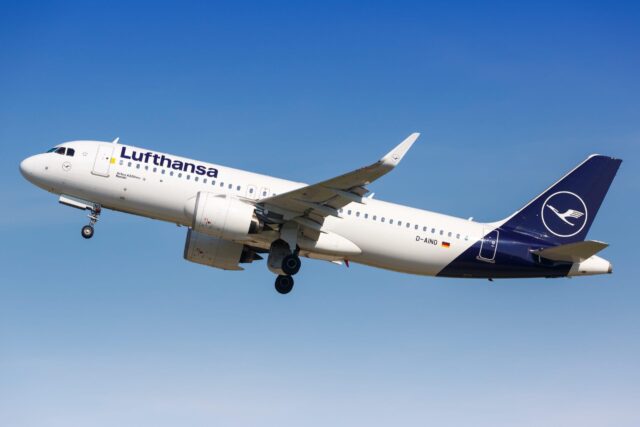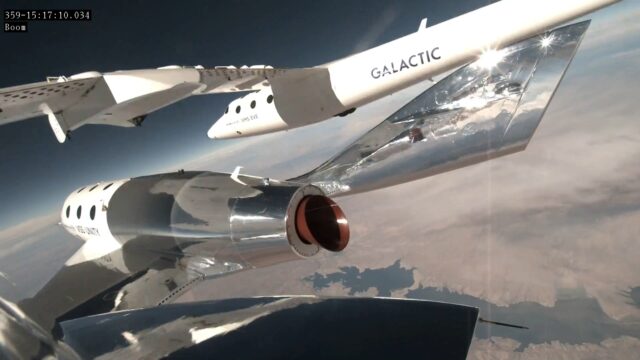Military aircraft numbers boosted at Farnborough International Airshow
Defence aircraft will account for 40% of all those present at the Farnborough International Airshow 2024, as global politics become increasingly turbulent.
Farnborough International CEO Gareth Rogers said the figure…
June 26, 2024

Defence aircraft will account for 40% of all those present at the Farnborough International Airshow 2024, as global politics become increasingly turbulent.
Farnborough International CEO Gareth Rogers said the figure was for all aircraft taking part in both static and flying displays at the show which has sold out for the first time in a decade.
However, he added the increase in defence aircraft at this year’s event has been driven by global events, including Russia’s ongoing invasion of Ukraine and the growing potential for trouble between superpowers US and China.
Rogers said: “Defence is going to be lively. It is not really that surprising that 40% of flying and static displays have a defence focus.”
Rogers was speaking at a media briefing organised by Farnborough International and ADS Group, the trade group representing the UK’s aerospace, defence, security and space industries.
ADS Group CEO Kevin Craven added: “The show has always been one of the world’s best airshows and best trade shows.
“The fact that we had sold out by January and the fact that there are some very evident global threats in the defence space means that the increasing proportion of defence manufacturers and activities (at Farnborough International Airshow) is probably logical.”
Craven also agreed that recent events have also had an impact on drones and their evolution which will also be reflected at the event.
He said: “There has been a significant amount of developments [in the drone sector] and we’re hoping to see some good announcements around the sector – how it operates and what it looks like in terms of general aerospace.
“We can confidently expect that unmanned vehicles will continue to grow in size and shape but as part of the broader sector.”
And in doing so they will continue to drive an industry that has become increasingly buoyant over the last decade.
Data released by ADS shows the defence sector generates 164,000 jobs in the UK, with that number having grown 16% between 2013 and 2023 while the average salary in the sector is £39,900, 14% higher than the UK average.
Craven said: “The true value of our defence sector – providing safety, security and prosperity throughout the UK – cannot be quantified.”
However, he added the success in the sector reflected the strength in the UK’s broader aerospace defence, security and space industries.
ADS’s Industry Facts and Figures 2024 report revealed that the entire sector added £38.2 billion value to the UK economy last year – an increase of 50% in the last 10 years.
This was generated off a 40% growth in turnover for the sector over the same period to £88.4 billion in 2023, while exports increased 32% from 2013 to 2023 with a total of £38.7 billion.
Employment in the sector has also grown by nearly a third in the last 10 years to 427,500 UK workers, with two thirds of jobs based outside London, while productivity is 42% higher than the UK average.
ADS Group chief economist Aimie Stone said: “The latest figures reflect the continued buoyancy, resilience and economic resolve that our sectors continue to deliver to the UK.
“Despite a global pandemic stalling manufacturing productivity, an ongoing critical skills gap, and demand outstripping capacity, we are still seeing strong long-term growth indicators as we continue through 2024.
“With average productivity of £89,300 per worker, over 400,000 jobs created and exports worth almost £39bn, the immense value of these sectors for the UK economy is simply undeniable.”
Craven agreed that problems in the supply chain had held back aviation’s strong resurgence post Covid although he said the situation was set to improve.
He added: “You can see the order book is fantastic, the challenge is around getting the supplies to match the demand.
“It means that there is a real opportunity although it’s taken longer and been harder for supply chains to ramp up to the expectations.
“That’s going to continue to improve, but slower than we would like over the next year 18 months.”

